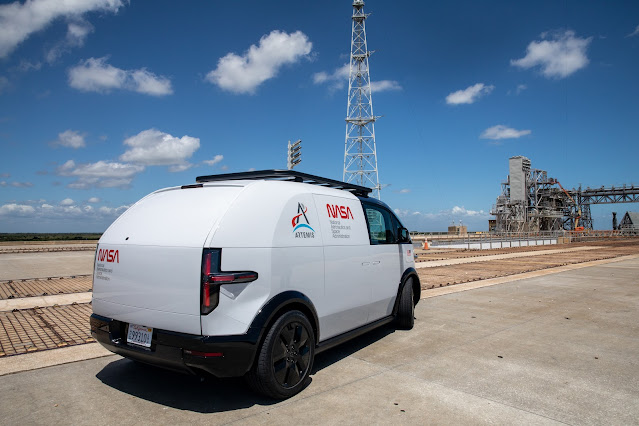NASA Astronaut Bob Hines Image Gallery | International Space Station
https://www.nasa.gov/astronauts/biographies/bob-hines
Expedition 67 Flight Engineer and NASA astronaut Bob Hines works on U.S. spacesuits inside the International Space Station's Quest airlock.
Image Date: May 17, 2022
NASA astronaut and Expedition 67 Flight Engineer Bob Hines conducts a robotics test using the U.S. Destiny laboratory module's robotics workstation aboard the International Space Station. The test is part of the Behavioral Core Measures investigation that explores how working on the surface of Mars might affect a crew member’s performance.
Image Date: May 31, 2022
NASA astronaut and Expedition 67 Flight Engineer Bob Hines enjoys a personal size pizza during dinner time aboard the International Space Station.
Image Date: May 27, 2022
NASA astronaut and Expedition 67 Flight Engineer Bob Hines familiarizes himself with systems and procedures aboard the International Space Station having been aboard the orbiting lab for just a few days.
Image Date: May 1, 2022
#NASA #Space #ISS #Earth #Planet #Astronaut #RobertHines #BobHines #FlightEngineer #Pilot #USAF #Military #Science #HumanSpaceflight #Astronauts #Expedition67 #UnitedStates #International #STEM #Education




2di7%20&%20titanio44.png)
.png)
.png)
.jpg)





.jpg)
.jpg)

.jpg)













.jpg)


